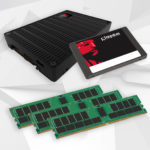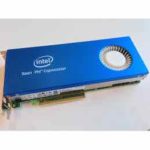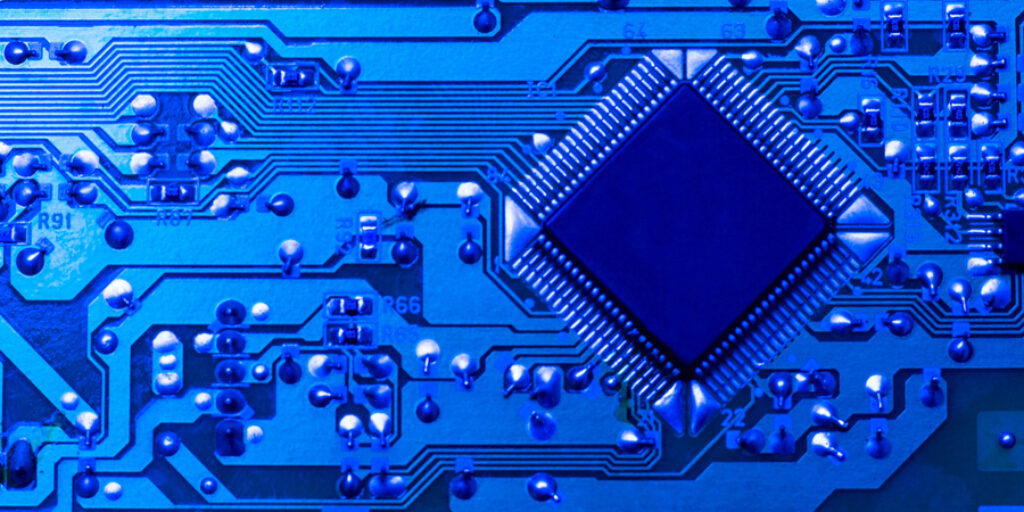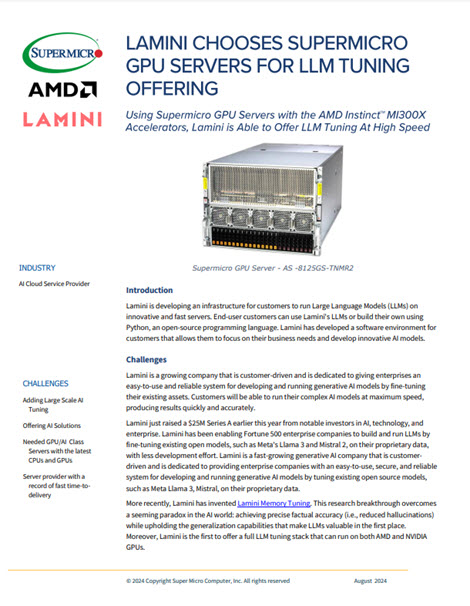SAN FRANCISCO – Dec. 10, 2024 – CEA-Leti research engineers in France have demonstrated for the first time a scalable hafnia-zirconia-based ferroelectric capacitor platform integrated into the back-end-of-line (BEOL) at the 22nm FD-SOI technology node. Reported today at the IEDM 2024 conference, this represents an advance in ferroelectric memory technology, significantly advancing scalability for embedded […]
Memory: CEA-Leti Demonstrates Embedded FeRAM Platform Compatible with 22nm FD-SOI Node
Micron Says its MRDIMMs Deliver up to 256GB Capacity at 40% Lower Latency
BOISE, Idaho, July 16, 2024 — Micron Technology, Inc. (Nasdaq: MU), today announced it is now sampling its multiplexed rank dual inline memory module (MRDIMMs) designed for applications requiring more than 128GB of memory per DIMM slot. “Micron MRDIMMs outperform current TSV RDIMMs by enabling the highest bandwidth, largest capacity with the lowest latency and […]
SK hynix Partners with TSMC on HBM
Seoul, April 19, 2024 – Memory company SK hynix Inc. announced today a memorandum of understanding with TSMC to produce next-generation HBM and enhance logic and HBM integration through advanced packaging technology. The company plans to proceed with the development of HBM4, or the sixth generation of the HBM family, slated to be mass produced […]
Intel Optane Persistent Memory Tops IO500 List
Intel announced today that its Optane persistent memory (PMem), in combination with Intel’s open-source distributed asynchronous object storage (DAOS) solution, has taken the no. 1 position on the Virtual Institute for I/O IO500 list for file system performance. Intel said DAOS, with 30 servers of Intel Optane PMem, came in ahead of systems on the […]
Deep Learning for Natural Language Processing – Choosing the Right GPU for the Job
In this new whitepaper from our friends over at Exxact Corporation we take a look at the important topic of deep learning for Natural Language Processing (NLP) and choosing the right GPU for the job. Focus is given to the latest developments in neural networks and deep learning systems, in particular a neural network architecture called transformers. Researchers have shown that transformer networks are particularly well suited for parallelization on GPU-based systems.
Are Memory Bottlenecks Limiting Your Application’s Performance?
Often, it’s not enough to parallelize and vectorize an application to get the best performance. You also need to take a deep dive into how the application is accessing memory to find and eliminate bottlenecks in the code that could ultimately be limiting performance. Intel Advisor, a component of both Intel Parallel Studio XE and Intel System Studio, can help you identify and diagnose memory performance issues, and suggest strategies to improve the efficiency of your code.
NVMe SSDs and DRAM for High Performing Mixed Workloads
This guest article from Kingston Technology covers how NVMe SSDs and DRAM are being used for high performing mixed workloads.
Memory Modes For Increased Performance on Intel Xeon Phi
The Intel Xeon Phi processor supports different types of memory, and can organize this into three types of memory mode. The new processor from Intel contains two type of memory, MCDRAM and DDR memory. These different memory subsystems are complimentary but can be used in different ways, depending on the application that is being executed. “By using these two types of memory in the same system gives flexibility to the overall system and will show an increase in performance for almost any application.”
Intel Xeon Phi Coprocessor Architecture
“High performance systems now typically a host processor and a coprocessor. The role of the coprocessor is to provide the developer and the user the ability to significantly speed up simulations if the algorithm that is used can run with a high degree of parallelization and can take advantage of an SIMD architecture. The Intel Xeon Phi coprocessor is an example of a coprocessor that is used in many HPC systems today.”












